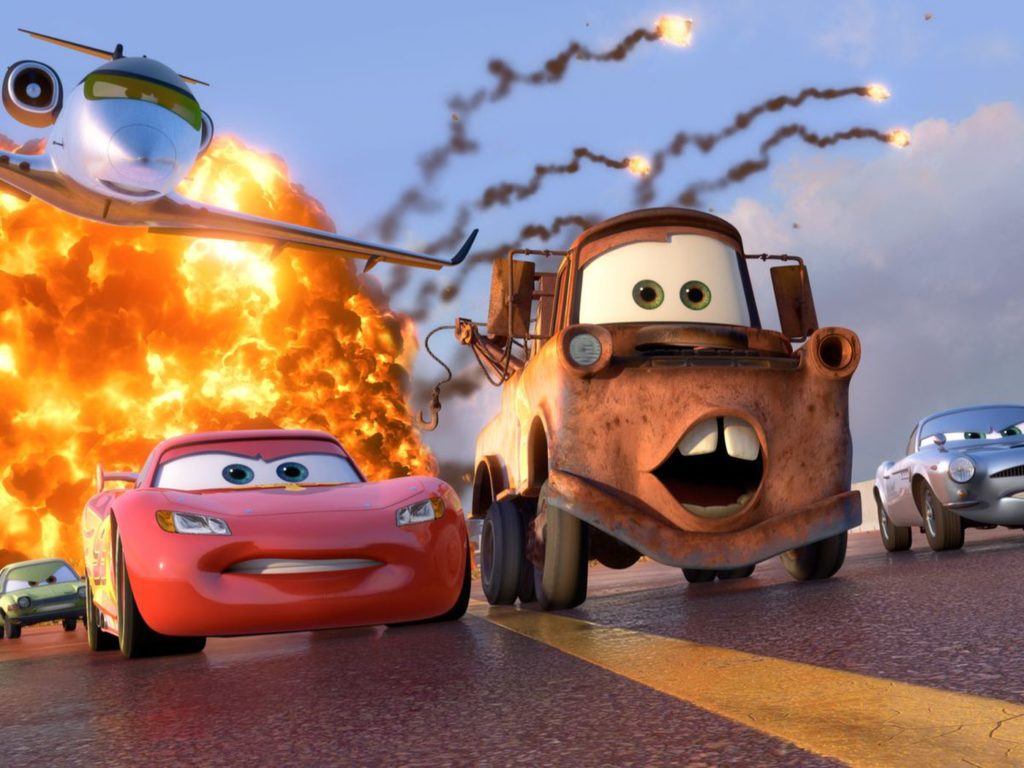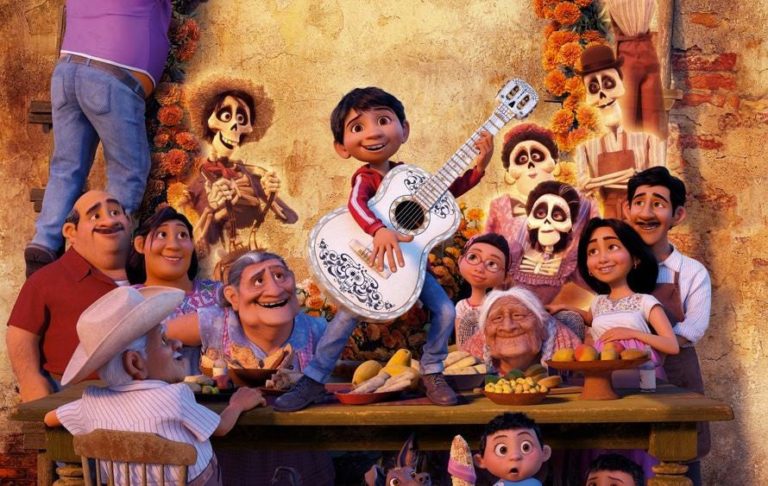A Comparison between Traditional Hand-drawn Animation and Computer-generated Animation
In general, there are two kinds of animation, traditional hand-drawn animation and computer-generated animation. Miyazaki Hayao and John Lasseter are two representational directors of these two genres respectively. This essay will first examine how Miyazaki’s and Lasseter’s cultural backgrounds influenced their choices. Then, using images from animation movies of these two directors, this essay will analyze their different visual effects based on their use of colors, textures, dimensions, backgrounds, special effects and settings. Finally, this essay identifies hand-drawn animation as Modernist and computer-generated animation as Postmodernist. By looking into features of these two genres, applying Karl Marx’s theory regarding the value of commodities, and introducing the concept of immaterial labor, this essay will explore the value of hand-drawn animation and computer-generated animation.










